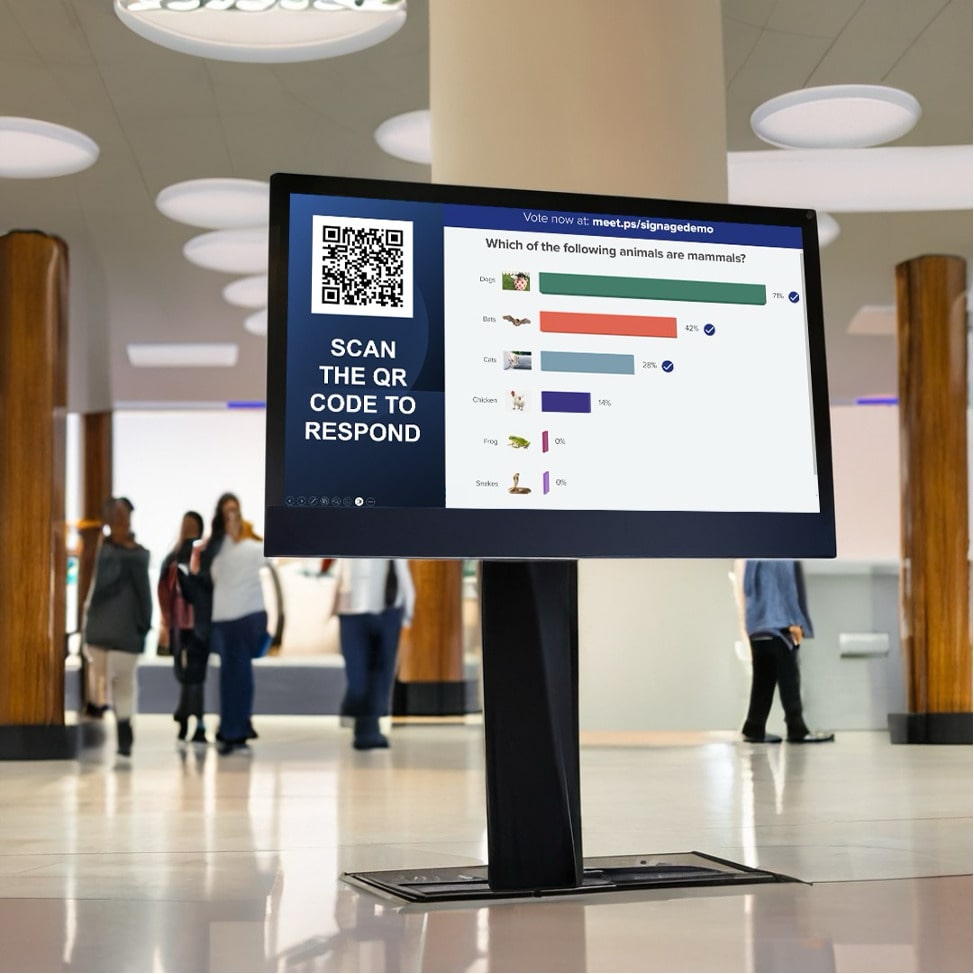Companies today look different than in the past. They are often spread out over several geographical areas and, with the addition of telecommuting, many employees aren’t even in the office.
Communication in this new reality is a bigger challenge. “With today’s workforce comprising some 43% of workers that say they work from home at least sometimes, effective communication is becoming a pressing issue.” (Source)
A lot of people will say that communication is key, but they don’t necessarily do the best job of putting this ethos into practice. Regardless of the applicability, communication is one of the most important skills in the modern world.
Whether it is done in an office or in an informal setting, it all boils down to conveying information in a concise and accessible way.
The importance of communication is especially significant in a large company. A company has both internal and external stakeholders. While it can be tempting to focus on external stakeholders like investors and big-name clients, the internal stakeholders (the employees) must also be kept in the loop.
Related: 7 Advantages of Video Conferencing
Communicating change can be especially tough
More than how we communicate, it’s what we communicate that can present an obstacle.
Communication is a challenge, particularly when it comes to change management. Imagine you are the CIO of a major insurance company. You are working on the implementation plan for a company wide software change to a new provider for claims management. This would mean everyone, from the receptionist on up, would be engaging with the new system. You have five claims offices across two time zones and dozens of claims agents who work offsite.
Communicating about the new system in some detail, to ensure that it meets all the business requirements with geographical variations taken into account, is the first step but you are not getting much in the way of feedback from the different claims groups. Is it because they don’t understand? Is it because they don’t have time to look at the new parameters?
Change management buy-in
All change management operates under the 20/60/20 rule:
- 20% of employees will be on board and support the change;
- 60% of employees will accept it, but not necessarily be champions of change;
- 20% of employees will not be on board at all.
Aaron Lifshin, CEO and founder of MeetingPulse, had this to say when asked about how technology can help in situations where collaboration is needed: “The only way in which this will be possible is that there is buy-in to these new technologies from the top of the organization.” (Source)
If the C-Suite is on board and acting as champions for change, the key to reaching the 80% who aren’t fully committed is communication. But how do you do that and actually know that you are being effective? How can you take the pulse of the employees you are communicating with and get direct feedback from them?
It goes without saying that an organization needs to have a strong communication strategy in place when it comes to its employees. If a company is lacking in this arena, how can they improve their communication? The answer is pretty straightforward.
Related: All Hands Meeting: Everything you Need to Know
Here are a few tips for better person to person communication – face to face or online:
Know your audience
Before you begin, know your audience. Keeping in mind who your message is directed toward will help you make the information relevant and accessible. Communications should also use language and terminology that can be easily understood by the recipients.
Create a receptive atmosphere
This isn’t just about any one meeting, though it includes each meeting; it’s also about the company culture.
Create a corporate atmosphere where people listen to (and really hear) one another. Don’t allow ridicule or bashing for contrary opinions.
Be diplomatic in your responses and train every level of leadership to do the same. If you currently have a work environment that is cold, harsh, and hostile, it might be worth doing the work of changing that before you begin a campaign of communication.
Of course, communication can’t wait, but warming up your company culture must be a priority. People are not receptive to hear unless they believe they will also be heard.
Manage Conflict
Conflict is a natural part of communication. Try to identify potential conflict sources early on in a meeting, a conversation, or a company issue. If you notice that someone is misunderstood or is misunderstanding something else, talk to them about it as soon as you can. You can keep it from becoming a distraction or developing into a crisis.

Handle conflict with an open mind and don’t allow personal attacks. Focus all comments on the issue, rather than any person.
Non-Verbal Communication. This one can be challenging as today, so many of our meetings and work-related conversations occur online. But non-verbal communication is so important that we should find ways to use it, even in an online meeting.
As an employee or colleague is talking (in person or online), use non-verbal gestures, like head-nodding, to convey that you are listening and, if it’s appropriate, that you approve.
Become Good Listeners
Almost all of us would say that we are good listeners, but statistically, most of us would be wrong. Listening is just as important as speaking or writing as a communication skill. Most conflict and misunderstanding happen because of poor listening skills.
If, while an employee or co-worker is speaking, you are thinking about the work you still need to do or your next meeting, you aren’t properly listening — even if you hear everything they are saying.
To know if you’re listening, offer to paraphrase what has been said to verify accuracy. If you can’t, or your version is far off the mark, you know you aren’t listening well. You could also try to pretend there’s going to be a quiz at the end of the meeting. So keep a mental checklist of all of the essential points to remember.
Ask Questions
Asking questions shows that you’re listening and that you are interested in what is being shared. It also confirms that you understand what the other person is saying. Ensure that your questions are relevant to the subject and don’t change the topic by asking distracting questions.
Here are effective methods of communication for your business:
Format
A communication format must work for the size and philosophy of your company. An organization needs to have dedicated formats in place to ensure information is delivered in a timely and meaningful manner.
Here are some of the more popular and effective formats that any company can include in their communication plan:
One-on-ones

Regardless of how big or small a workplace is, nothing beats the effectiveness of one-on-one communication. When a message is of high importance and there’s a requirement of privacy or clarity, it’s best to communicate directly.
One-on-ones allow employees to interact with each other and with senior-level executives. It also paves the way for more efficient communication between employees and creates an opportunity to give and receive feedback.
Related: 20 Interactive Presentation Games
Over the phone
For those topics that are less urgent and require a medium-to-high level of clarity, communication over the phone should be encouraged in the workplace. There are times when some queries can be solved through a simple phone call.
Not only is it easier to schedule or accomplish, but it is highly efficient. For instance, if an employee wants to clarify something with their boss and immediate response may help, a phone call may be the most efficient option.
Emails
Emails are a blessing of the digital era. Not only do they make communication a seamless experience, but they also improve workplace productivity. Communication without emails is almost unheard of in today’s scenario.
For instance, if a company has been working on a project for a long time, the employees who have been assigned the project can keep a track of their internal and external communication through extensive email threads.
Emails increase accountability, productivity, and encourage communication in a corporate environment. They’re a great way to keep a high volume of employees in the loop about specific data points and general information.
Surveys

Regardless of how good a company is, there will always be some room for improvement. The best way to find this out is through surveys.
Surveys allow employees to be open about their work-life and it gives the employer a chance to understand the current state of operations. Surveys also promote a healthy feedback culture in the workspace.
Related: How to Get People to Take a Survey
Tone
Sometimes it is less about what’s being said and more about how it’s being said. Humans are not robots, and they’re always aware of tone and voice (even if it’s subconscious).
It is important to be aware how you are communicating, both verbally and in written messages, because it influences the overall work culture and employee perception.
Here are some tips on tone to keep in mind while communicating in the workplace:
Keep it light

The workplace is usually a tense environment. There’s deadlines, follow ups, client meetings, endless tasks, and so much more.
Even with the most positive of workplaces, employees are burdened with their task lists. In such cases, a strong authoritarian email from the higher-ups can make matters worse. Hence, it’s good practice to have a positive approach to communication.
Keep all messages free of jargon and make sure they’re easy to comprehend. This encourages an open culture and moves away from the old school colloquial style of business communication.
Balance authority with friendliness
While it is recommended to have a positive and open culture in the workplace, it is still a professional environment and the tone should always reflect that. All messages should be a mix of friendliness and professionalism.
It is easy to be swayed either way but the key to having a strong communication strategy is to maintain balance in the workplace.
By striking this balance, it becomes easier to switch between the two aspects as and when needed and can make difficult conversations easier and less troublesome for both the company and the employees.
Related: How to Moderate Panel Discussion
Don’t be afraid to use emojis

The most common way most people describe workplace communication is “stiff.” Many companies hold back from being more “informal” in their communication even when the occasion calls for it.
In a workspace, there are plenty of opportunities to let go off the formality and introduce a more casual approach to communication by using emojis. The best way to do so is to use them in regular emails that are being sent out. Emojis help lighten the mood and improve the overall comprehension of the message.
Emojis also help with de-formalizing a message such as an after-work dinner announcement or even a birthday blast. There are plenty of ways through which emojis can liven up workplace communication.
Encourage a feedback friendly environment
The “Employer-Employee” relationship is a crucial one. Because of its formal nature, there’s little to no room for growth without extra efforts being taken by both parties.
As an employer, it’s important to understand the current mental state of the employees and it can only be done so by encouraging feedback.
For an employee, providing feedback whether through a survey or just a simple informal update can make all the difference in the world. By encouraging feedback, companies can identify problem areas and work on them. The absence of a feedback friendly environment harms both companies and employees in the long run.
Technology enables two-way communication
Leveraging technology—like MeetingPulse—enables the two-way communication necessary to not only push out the information, but helps the executive to understand various levels of feedback and to determine where the bottlenecks are in the overall management of the change.
Using our earlier example of the insurance company CIO, a two-way system would allow them to see that the bulk of the negative feedback is coming from the minority of employees who are in a different time zone and would find the real-time communication based software intrusive on their personal time.
The CIO might never have discovered this until much further along in the implementation process without adequate communication platforms in place. While the number of employees affected might be low, it’s necessary for the CIO to figure this out and work to implement a solution that suits everyone!
Using SaaS platforms to manage the message and take the pulse of employees throughout the process just makes sense, whether the communication is a district sales meeting or a corporate wide training initiative. It will save time, money and, more importantly, it will allow everyone to be heard.
Frequency. Just like many things in life, timing is everything when it comes to communication. For many companies that have a weak communication strategy, it can be improved simply by working on the frequency of communication.
Regular check-ins

Circling back to having a feedback friendly environment, it is crucial to keep checking in regularly with the employees, ideally on a weekly, monthly, quarterly or yearly basis. Why? Not only does it make the employees feel heard, but timing out this effort through in-person or online meetings allows companies to inculcate a culture of open communication.
Through these regular check-ins, a company can understand employee’s needs, complaints, and even compliments while having the time to work on them before the next meeting.
Follow-up in writing
Meetings are a core part of any organization. Not only are they beneficial but also important to any organization, regardless of its size. However, many people tend to forget the discussions taken place in a meeting the moment it’s over.
This results in a lot of miscommunication and a loss of productivity. To ensure that it doesn’t happen, there should always be a written follow-up.
By doing so, there is no room left for any errors. Even if it is a one-on-one meeting, a follow-up email that states the discussion helps with the execution aspect and makes it clear for all the parties involved.
Related: Why Trustworthy Leaders Create Trustworthy Employees
Periodic group meetings

Speaking of meetings, teamwork makes the dream work in any company. In order to ensure that everyone is on the same page, it’s ideal to have group meetings on a regular basis.
Group meetings ensure that there’s no lapse in communication and that tasks are being done in a timely manner.
A Final Note
A workspace, regardless of its size, needs to implement communication strategies to ensure that there’s a symphony in daily operations.
Humans are invaluable and often difficult to organize, which is a big reason why communication is such a challenge. Even when it comes to the strategies mentioned above, they can’t be applied in a cookie-cutter manner.
The communication strategy has to be customized to suit the needs of the employees of a particular company.
Every business is facing its unique communication challenge and the best it can do is to tailor these communication strategies to suit their needs and make it work for them. By doing so, businesses can ensure a healthy work environment that fosters happiness, productivity, and open communication.
Foster better communication in the workplace by trying Meeting Pulse, a live action meeting app that makes it easier to distribute employee surveys, take polls, and keep meetings interesting. You can use our emoji sentiment feature to monitor audience engagement, gather anonymous feedback, and lighten up your presentations.





















